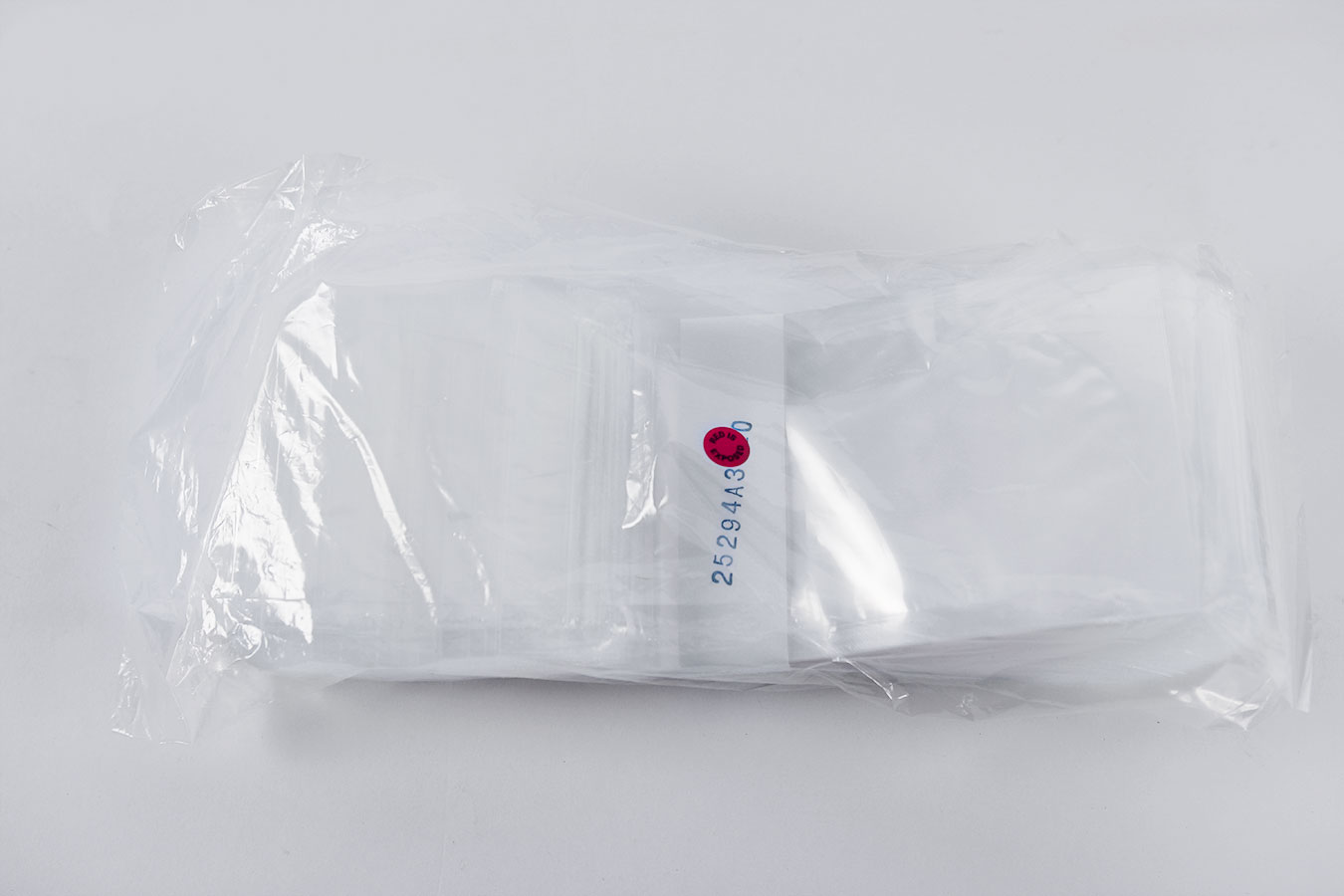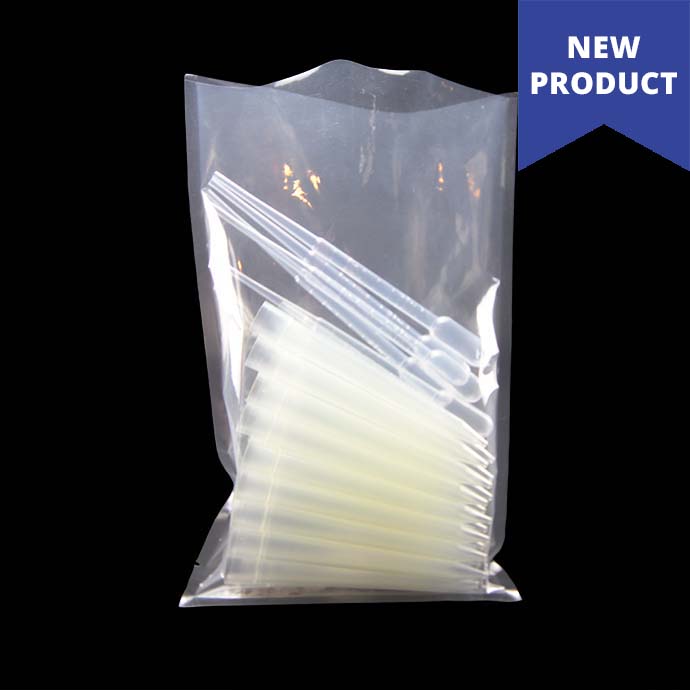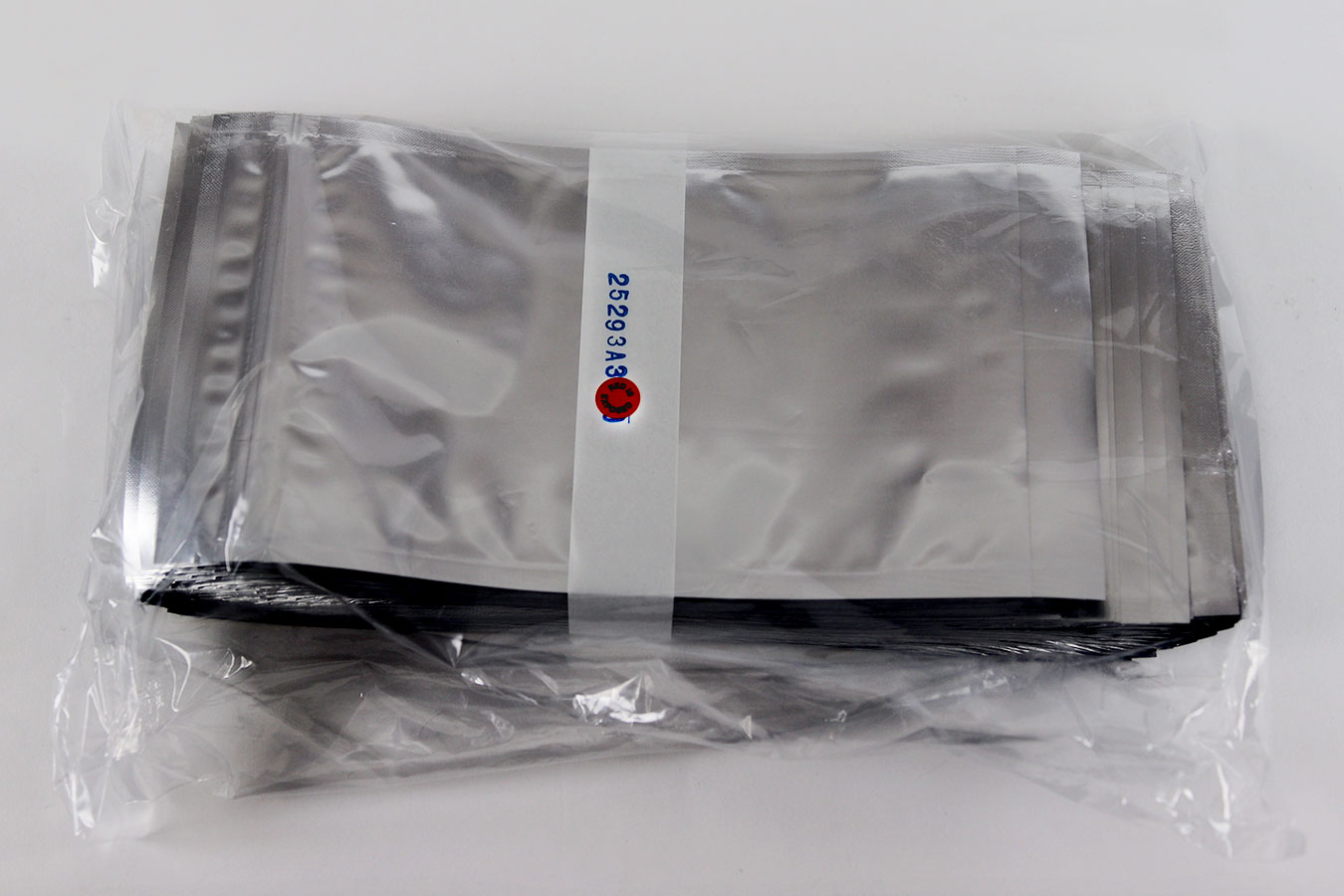
Types of Sterilization
Modern Sterilization Techniques
Different ways to keep your production line Sterile
Keeping your production line sterile sounds like a no brainer, but for companies starting up it can be difficult to know what you need to get going. Since the 1950s, with the advent of plastics - the number of ways to sterilize your products has expanded quite a bit. As material sciences, biology and computer technology advance, there will always be new ways to improve efficiency and care. Here are some of the more common sterilization options you might see for your next project.:
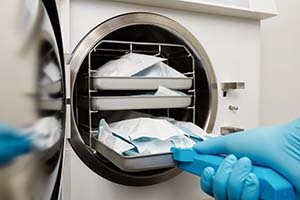
Steam Sterilization
Steam is probably the most well known form of sterilization. By exposing the product to saturated steam under pressure, you ensure the death of harmful organisms on the surface. For systems like an autoclave, the product is exposed to direct steam contact of 121C for 30 minutes in a gravity displacement system, or 4 minutes at 132C in a vacuum unit. While the steam has great penetration of a lot of fabrics, for sealed products, or products with a sensitivity to moisture or heat, this can sometimes not be an ideal solution.
Dry-Heat Sterilization
This is a Dry-er version of the steam sterilization technique mentioned above. Like with steam, dry-heat offers a non-toxic and inexpensive method of sterilizing your products. The process calls for exposing the products to 170C for 60 minutes, followed by 120 minutes at 160C and the final 150 minutes at 150C. This technique does take a little more time to get the air in the chamber up to temp, and must be exposed to heat for longer. While this is great for electronics or medical divices that do not respond well to moisture in steam, it will still cause issues for elements that are sensitive to high heat.
ETO Gas Sterilization
This low temperature technology was developed in the 1950s. By exposing products to a mixture of Ethylene Oxide (ETO) and other chemical gasses you create an environment to halt organic activity without a rise in moisture or heat. The optimal ranges are 450-1200mg/l concentration of the gas mixture, a temperature of 37-63C, a relative humidity of 40-80% and an exposure time of between 1 to 6 hours. For a lot of medical products, this became the de facto technique cleared by the FDA. Some of the drawbacks include increased cycle times, costs, and hazards in dealing with the main component. Unfortunately, ETO is flammable and explosive if you are not careful. New versions of this have come to market including some that use a “gas plasma” instead of ETO gas mixture.
Radiation Sterilization
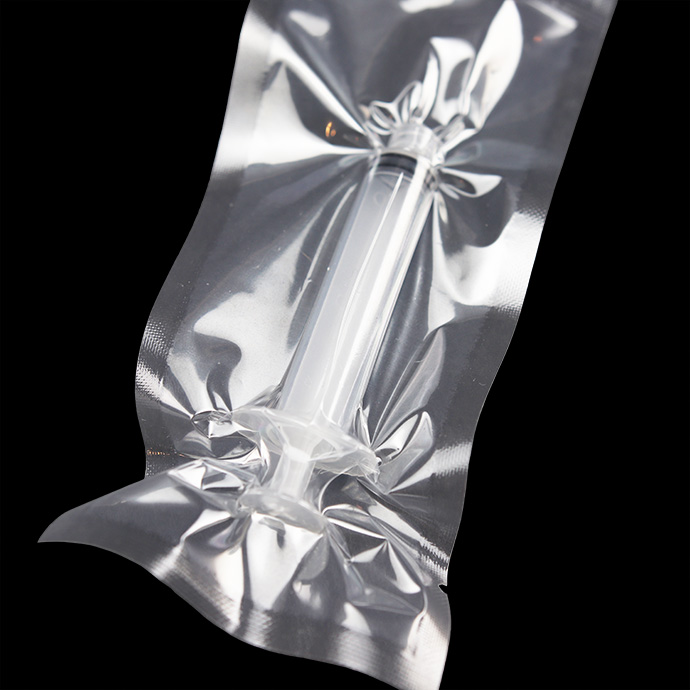
Another alternative to heated sterilization is the use of exposure to radiation. Exposing your products to a series of radioactive isotopes can ensure the death of biological agents on the surface without drastically changing the temperature or moisture levels in the chamber. Probably the most well known technique is Gamma radiation. While this technique can be very useful for some sensitive products, it is more expensive compared to ETO and requires handling of sensitive material in the form of whatever radioactive substance it is based on. And while some products or packaging like polyethylene can have an adverse reaction to the radiation, a proper production line has the ability to sterilize the product through packaging, meaning less chances for things to be re-exposed along the way. For conmpanies who are sure the isotope does not react with anything find this a very efficient way to treat products, though you will have to invest a little more than with traditional steam treatment.
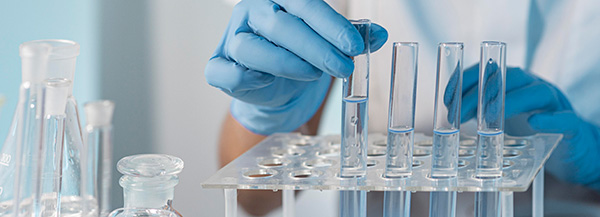
Conclusions
There are an ever increasing number of ways to approach the problem of industrial sterilization. Generally we recommend you start with the product your are working with and model the technique to match those needs. The people working with a poroduct are going to know it's quirks better than anyone, but if you still have any questions, or just need someone to bounce ideas off of, we offer our industry experience in helping to find the best sterilization and packaing combination that works best for each project. Here are a few pouches that might be a good fit if you are thinking about sterilization early:
With over 10 million bags in inventory, feel free to reach out to talk about how we can help meet your needs. Contact IMPAK for custom print, size, or material. Phone: (310) 715-6600, Email: flprocessing@impakcorporation.com

